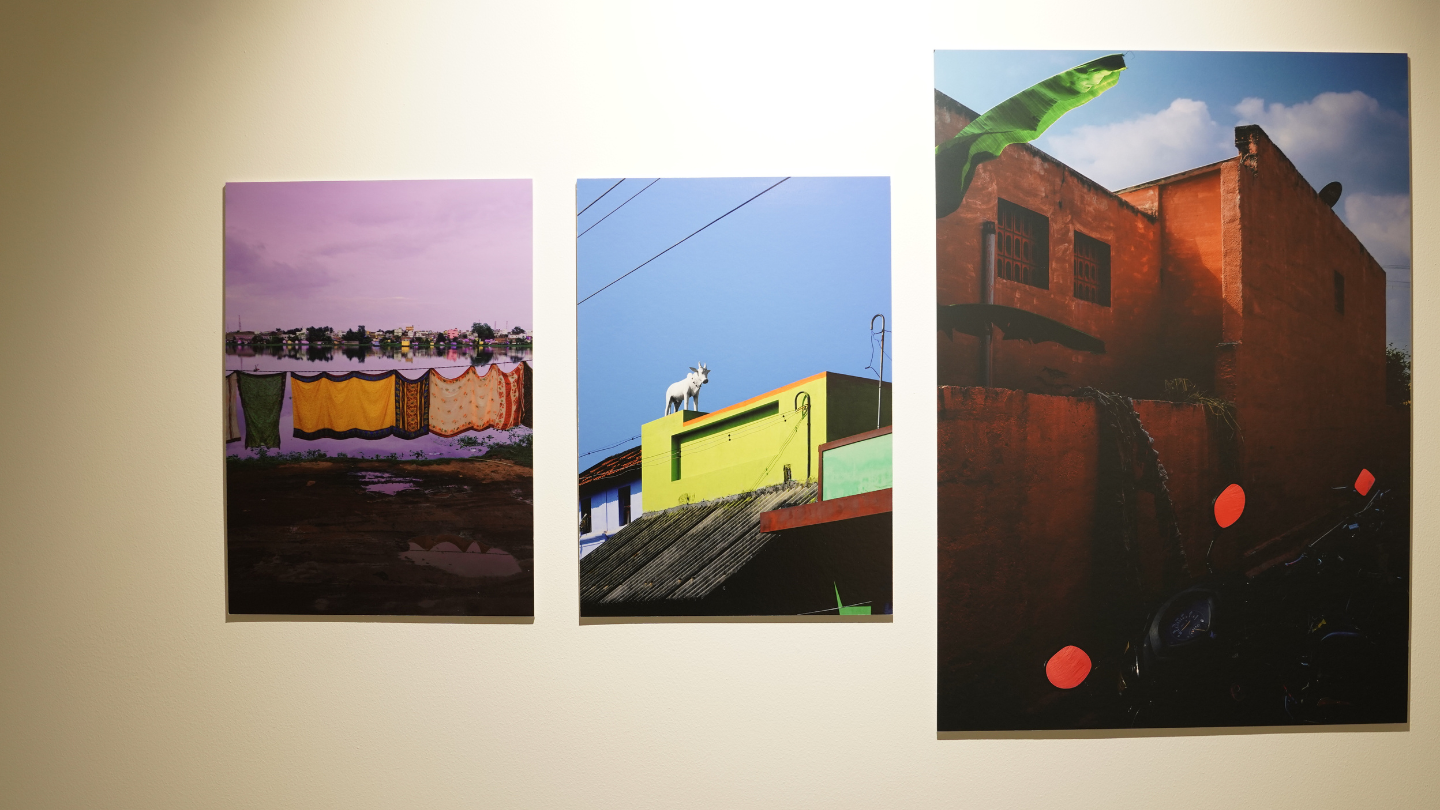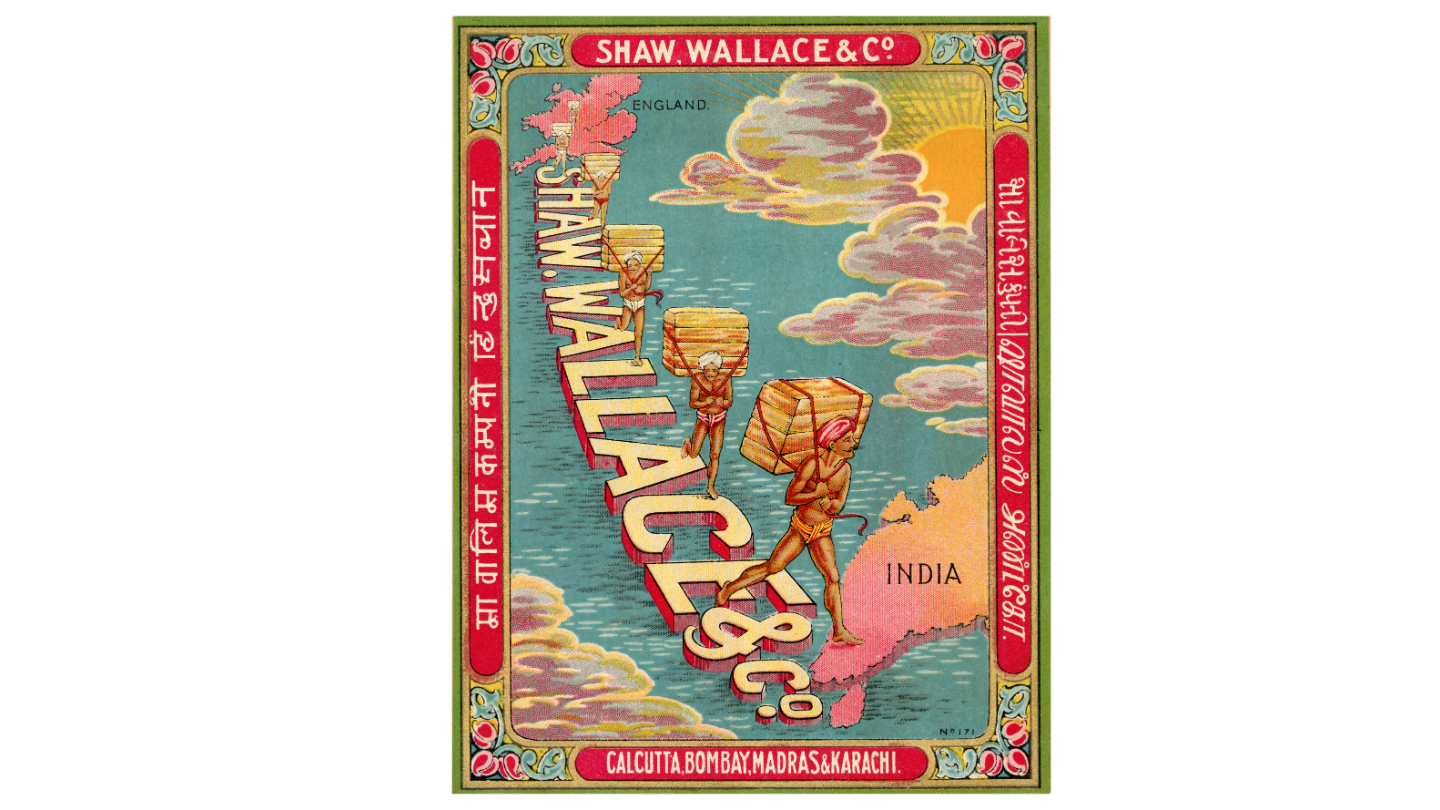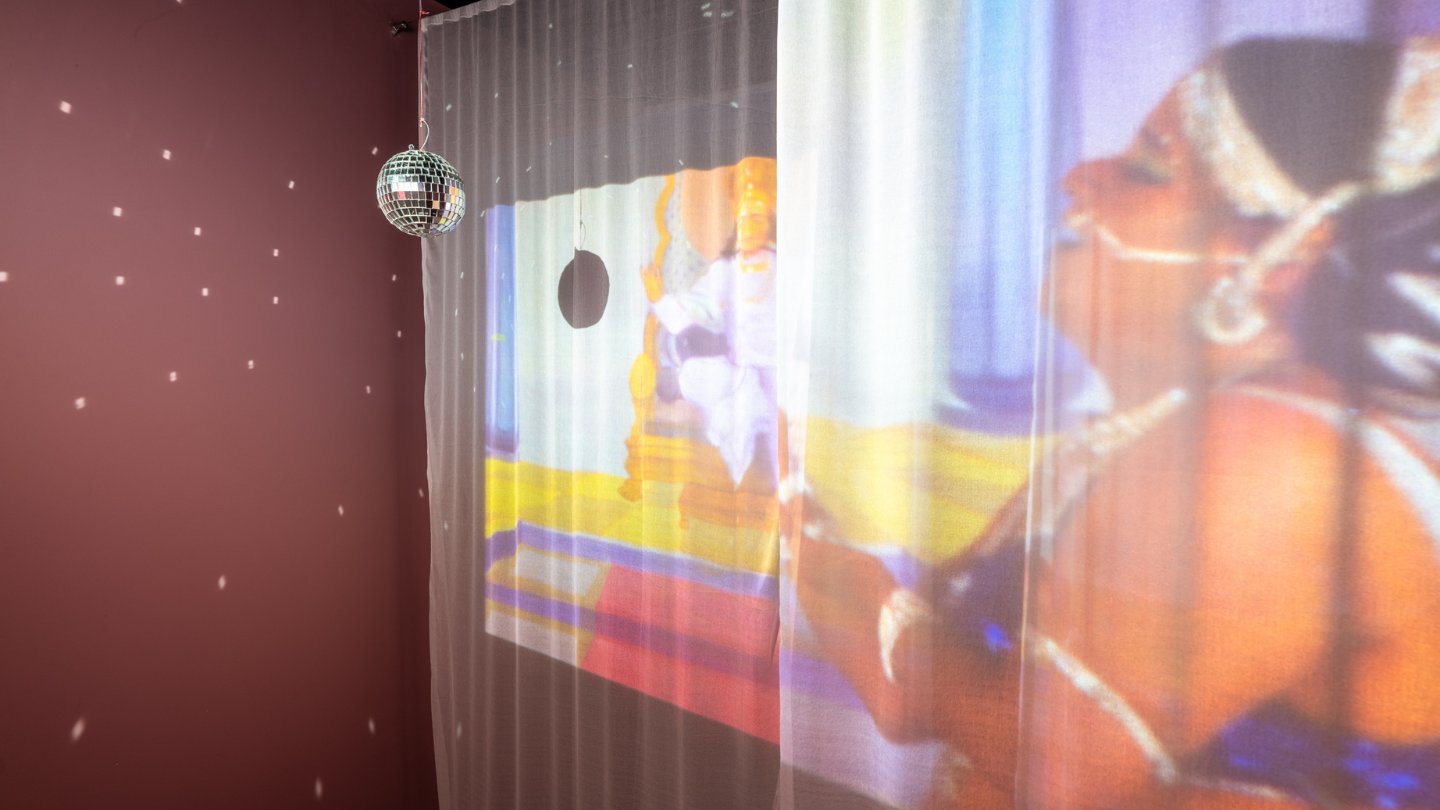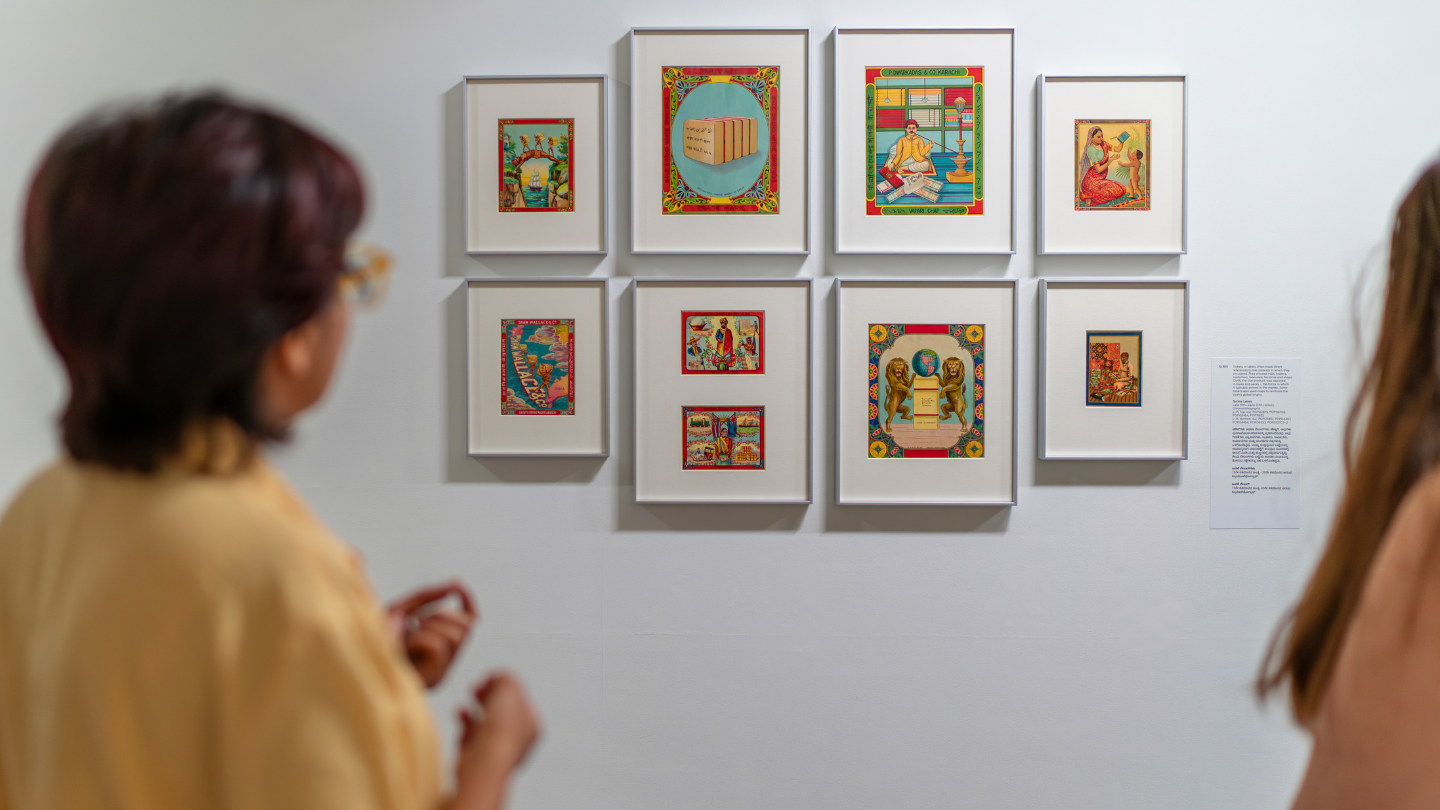Guided Walk
Naam Mera Kaam ka Nahi
Laxmi Murthy

How has the invisible labour of women been made visible over the past four decades?
Women’s reproductive, emotional and care labour as well as productive labour at home, on the farm, and in the factory continue to be unacknowledged, uncounted and underpaid. Alongside the demand to recognise women’s work in the household, feminists challenged the rigid sexual division of labour, especially within the home. The third digital story of MAP’s collaboration with Zubaan’s Poster Women archive, titled Naam Mera Kaam ka Nahi (No Name for My Work), is centred around the processes by which women’s movements in India were shaped through the on-ground mobilisation of working-class and middle-class women.
Join us for a guided walk of Naam Mera Kaam ka Nahi, a digital story, led by curator Laxmi Murthy, where she takes you through this selection of posters looking at women’s labour.
This is the third digital story from the series Frames of Struggle: Tracing a Movement, a collaboration between the Museum of Art & Photography (MAP) and Zubaan that activates the Poster Women archive.
Image Courtesy: Poster Women archive, Zubaan
Bookings
Bookings are closed for this event.








